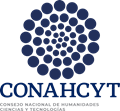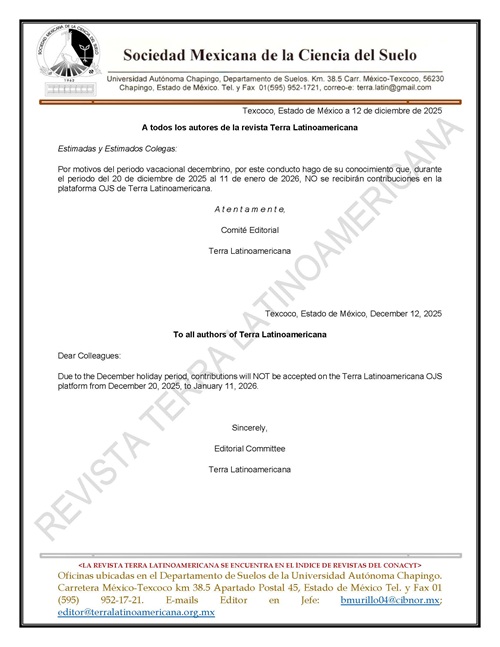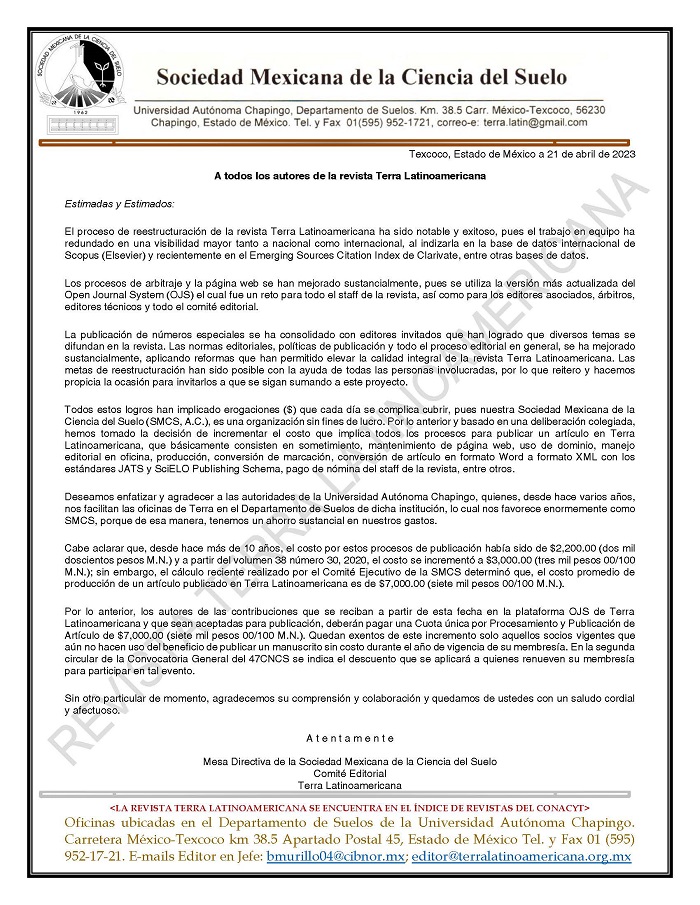Evaluation of groundwater quality close to a sanitary landfill
DOI:
https://doi.org/10.28940/terra.v42i0.1814Keywords:
pollution, leachate, maximum permissible limits, heavy metalsAbstract
Sanitary landfills have become a source of surface and groundwater contamination, and this is due to the generation of leachates that can reach water bodies with adverse effects on the environment. The municipality of Medellin, Veracruz; It has a sanitary landfill whose level of operation has recently increased due to the closure of the Veracruz sanitary landfill. The objective of this study was to analyze the quality of the groundwater surrounding the sanitary landfill. pH, electrical conductivity (EC), turbidity (T), Chemical Oxygen Demand (COD), Total Phosphorus (PT), Nitrates (NO3), Total Dissolved Solids (SDT) and heavy metals (Pb, Cd and Cu) were evaluated in 7 wells close to the landfill during the northern and dry seasons. The physicochemical results were within the Mexican regulations; Turbidity values exceeded international standards and 57% of the wells were found to be contaminated according to COD levels. The concentrations of Pb and Cd in both seasons were outside the maximum permissible limits for consumption both in national and international regulations. The results indicated the influence of the sanitary landfill on the groundwater quality.
Downloads
Publication Facts
Reviewer profiles N/A
Author statements
- Academic society
- Terra Latinoamericana
- Publisher
- Mexican Society of Soil Science, C.A.

















